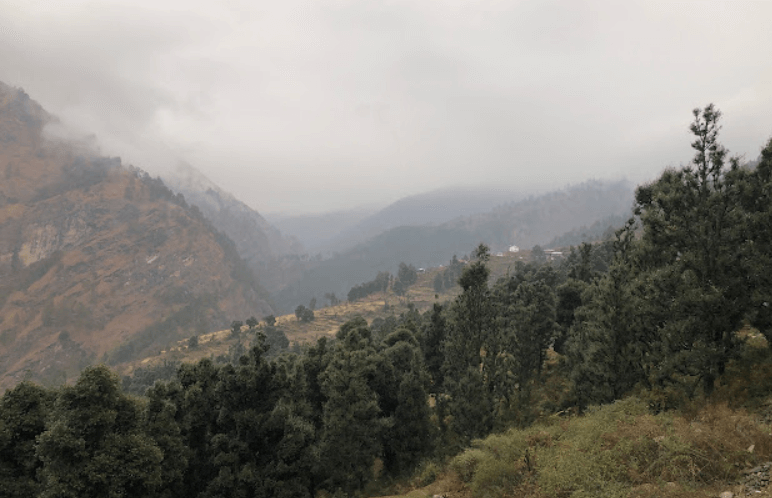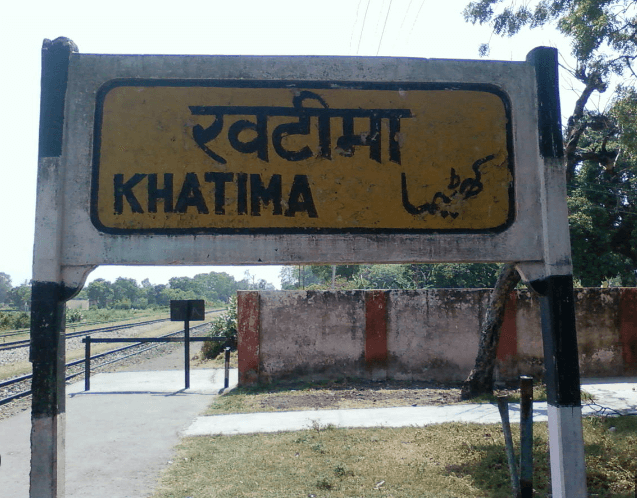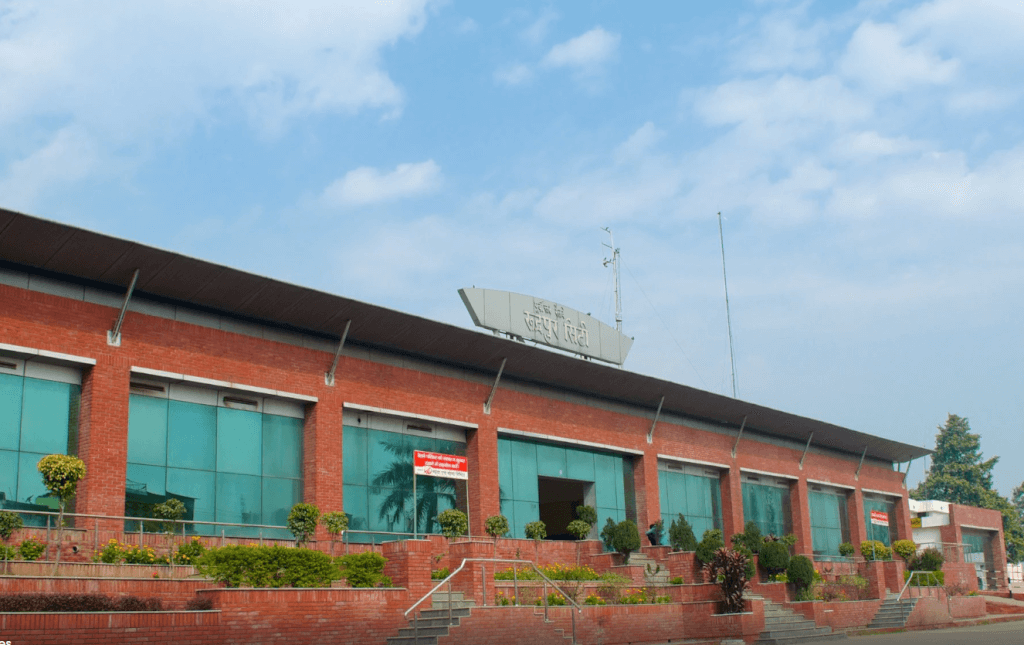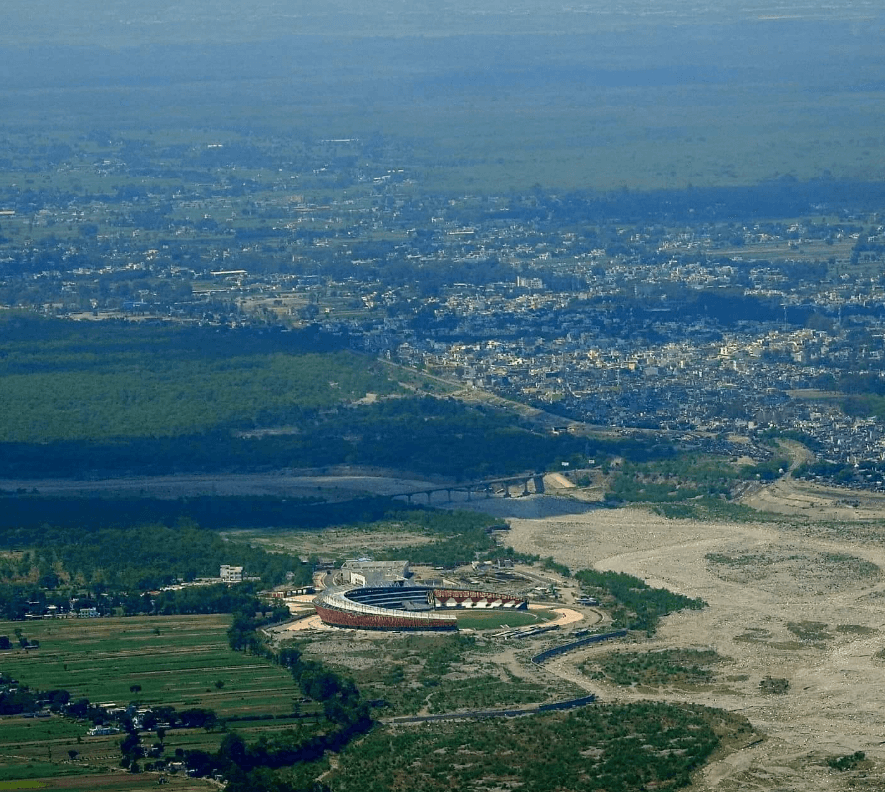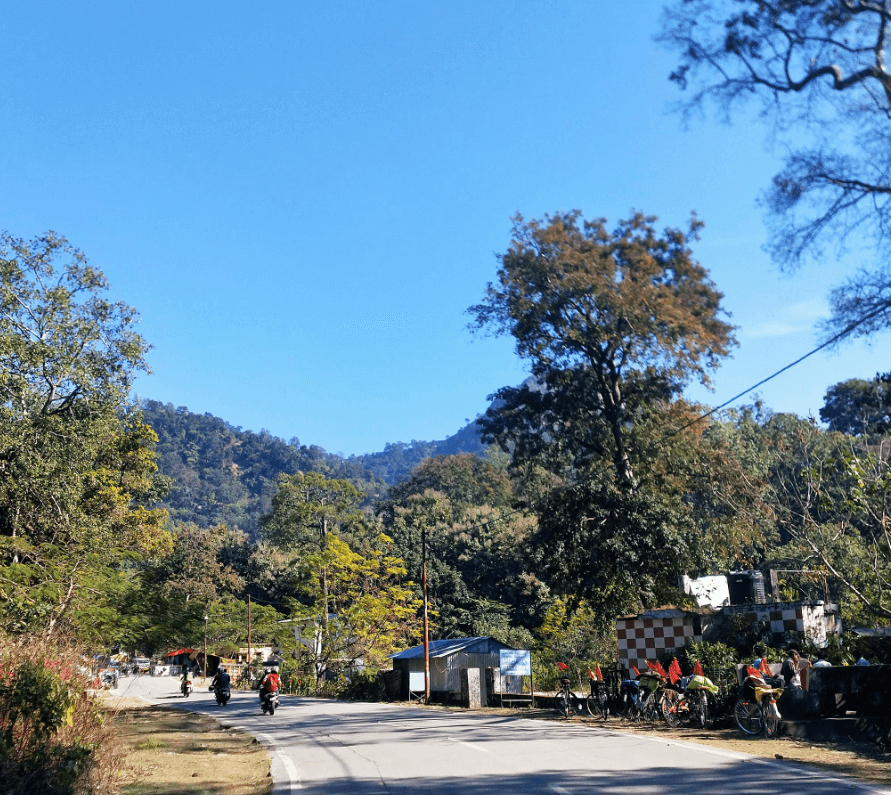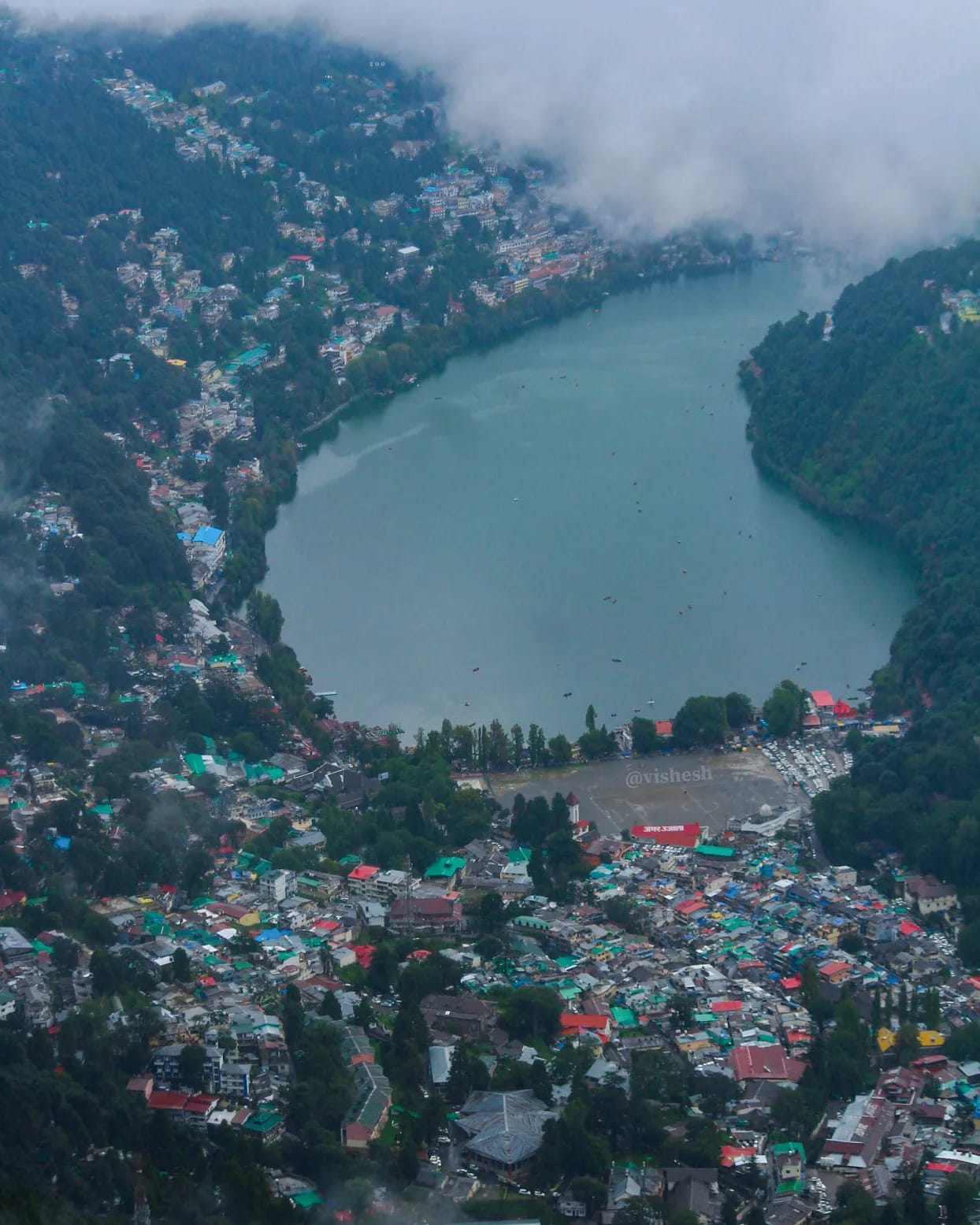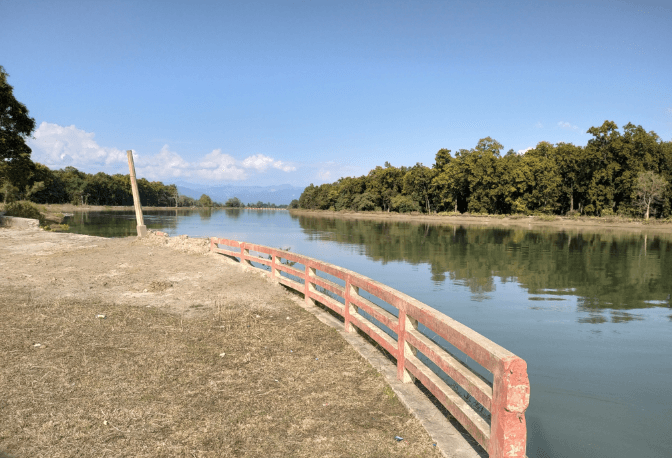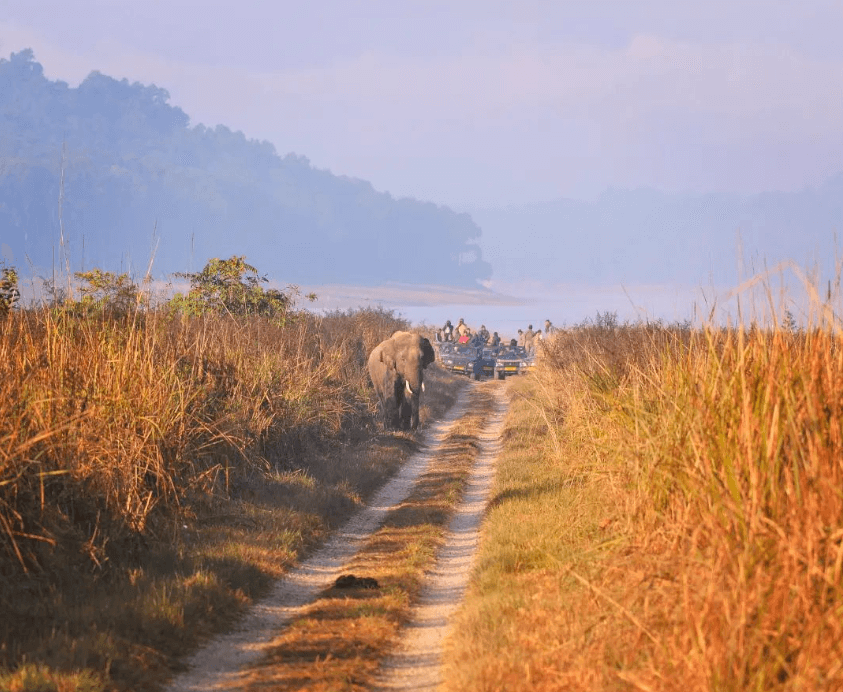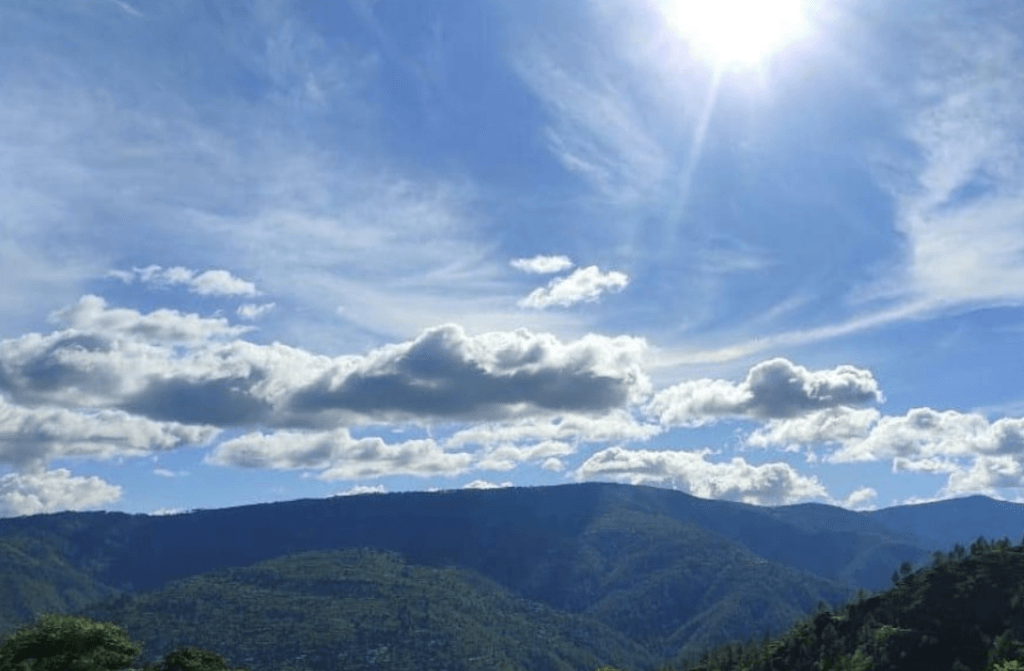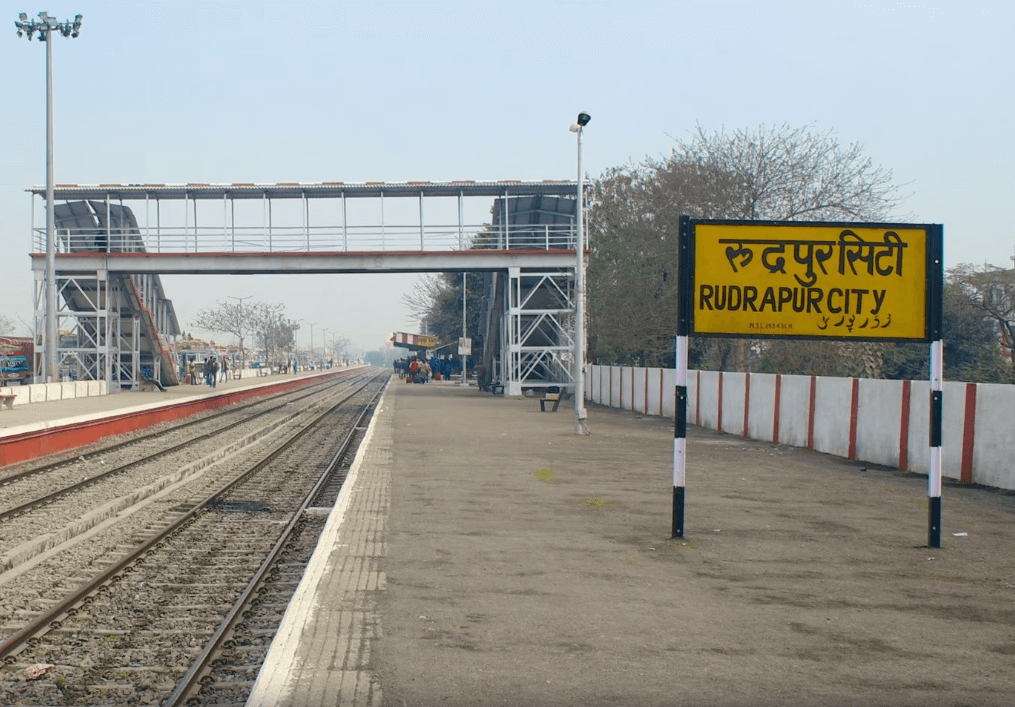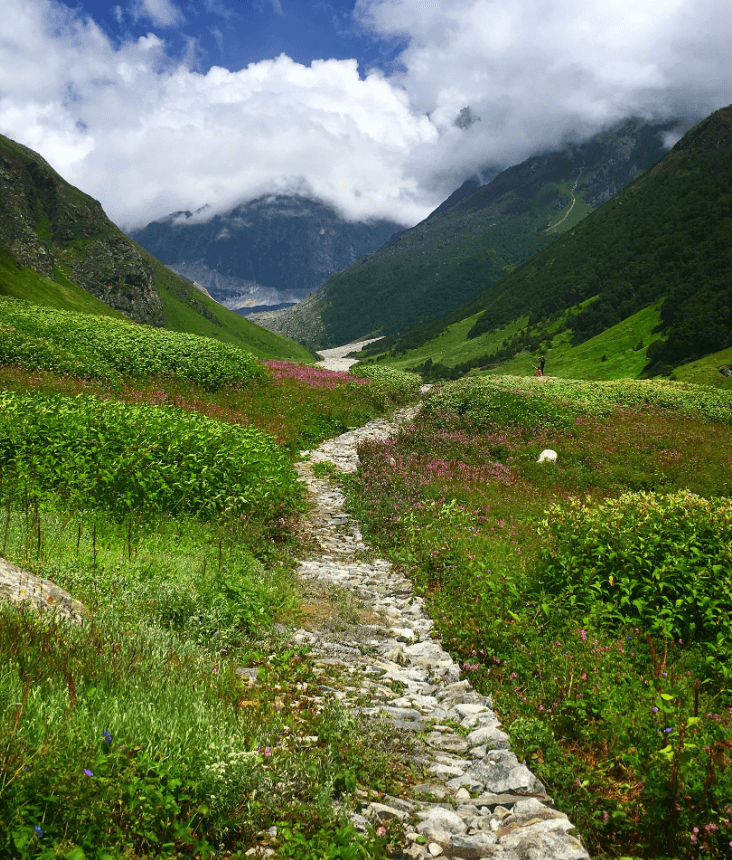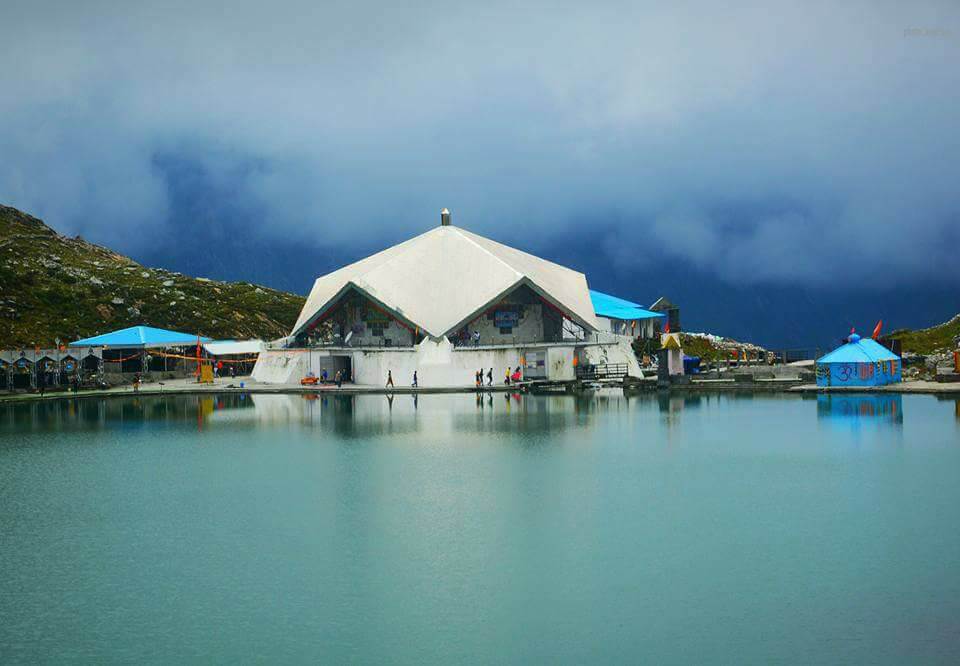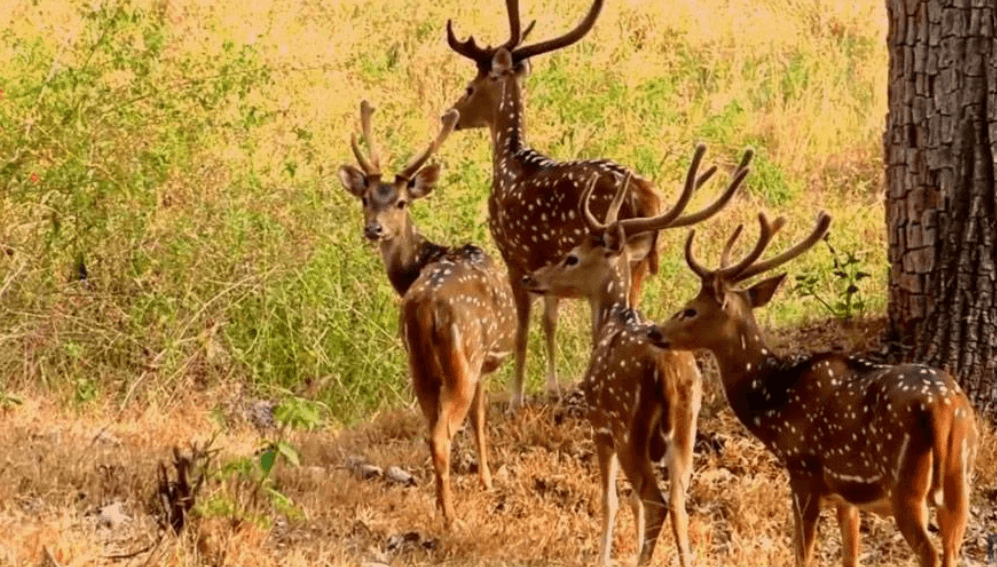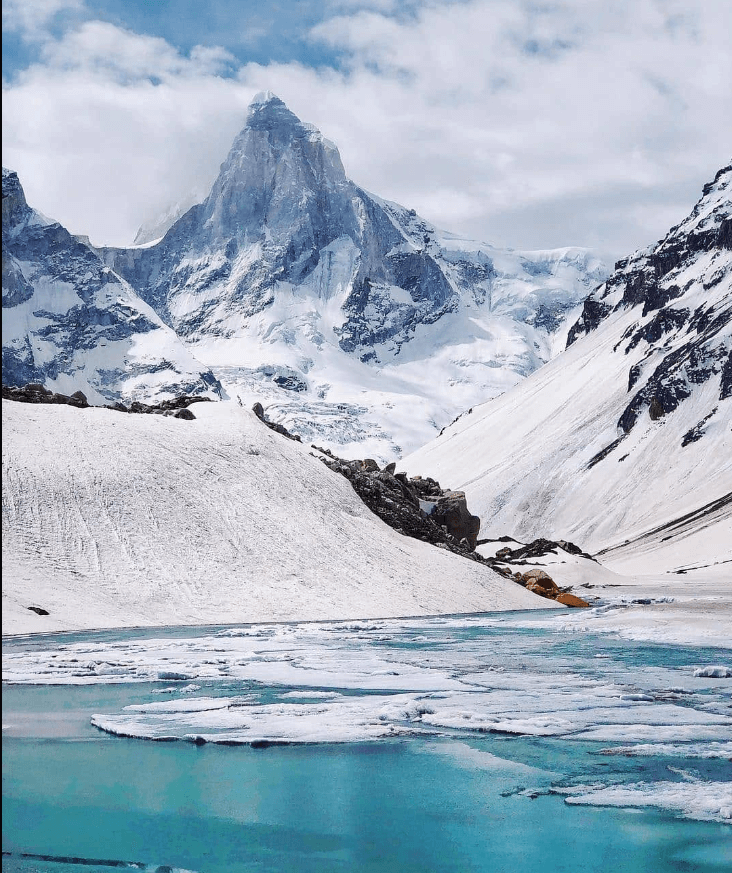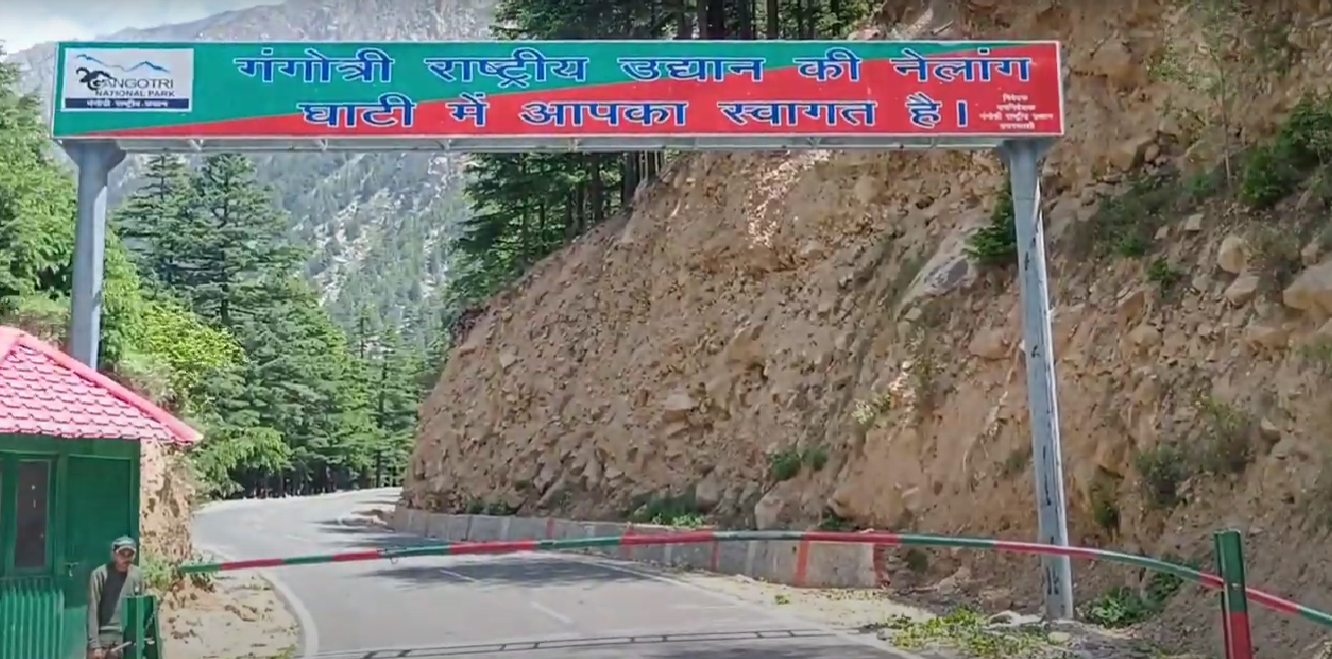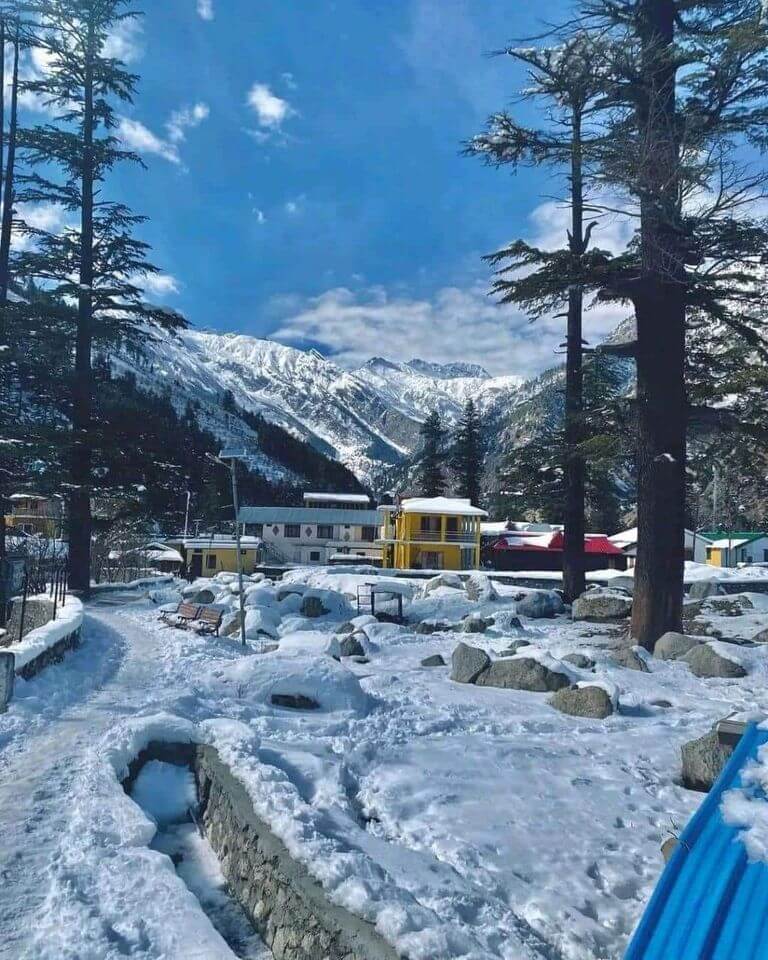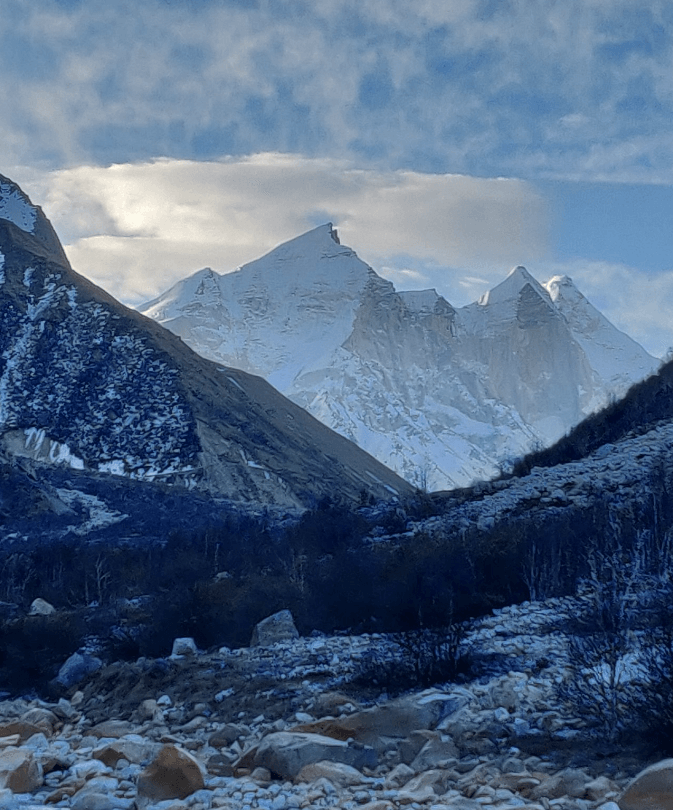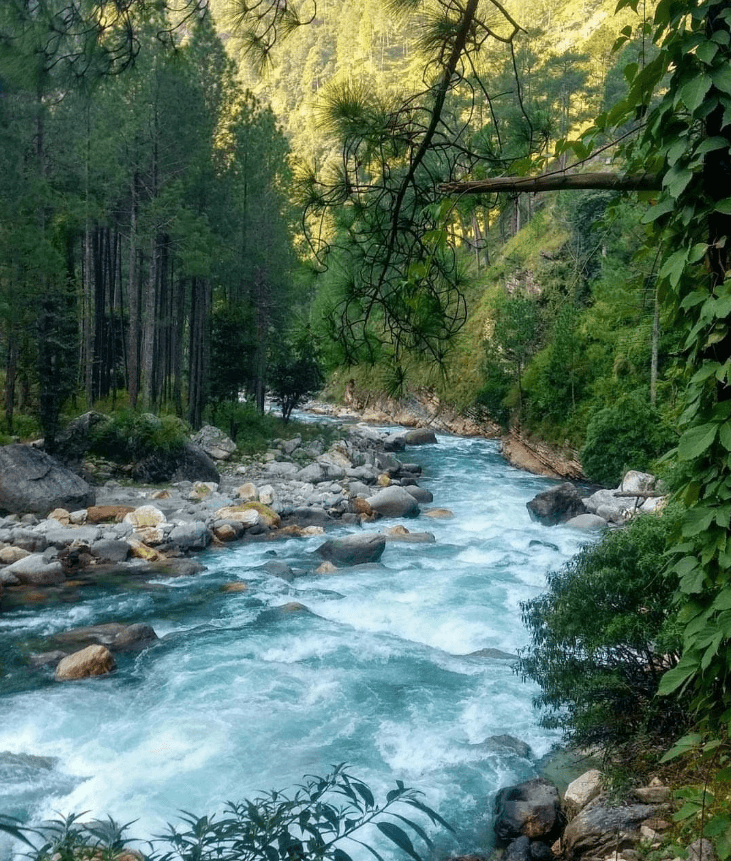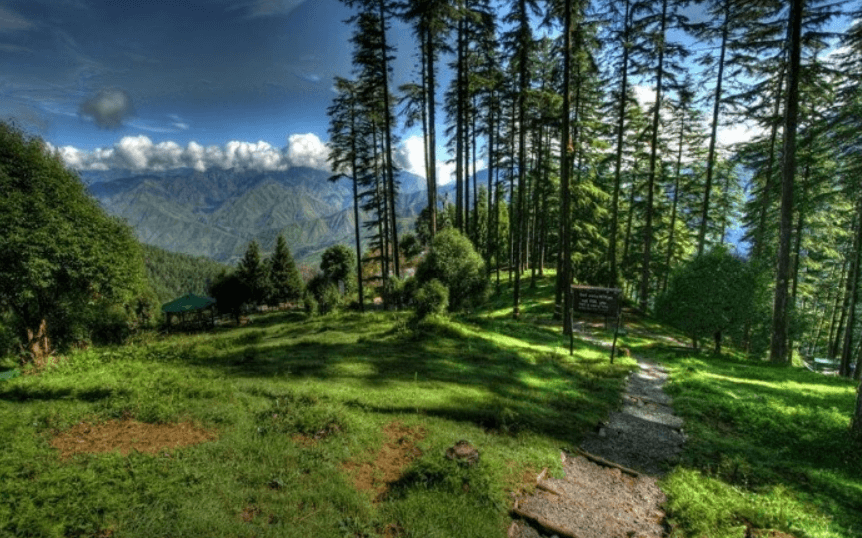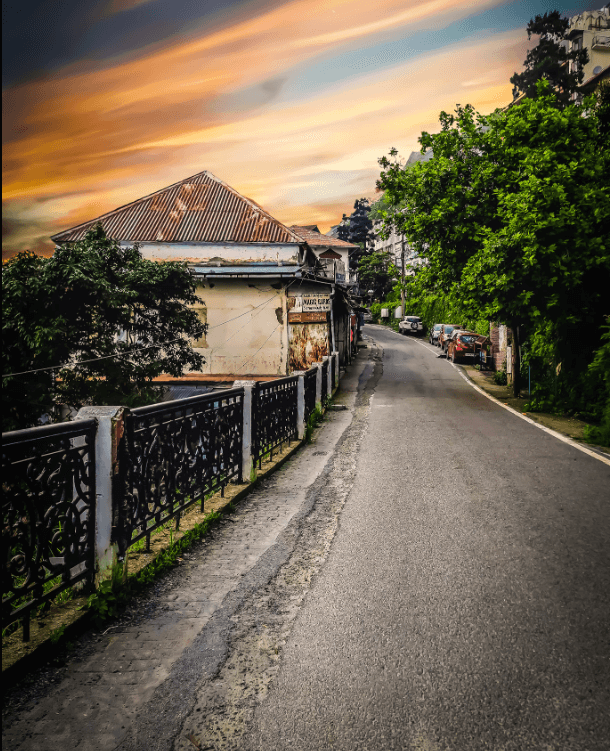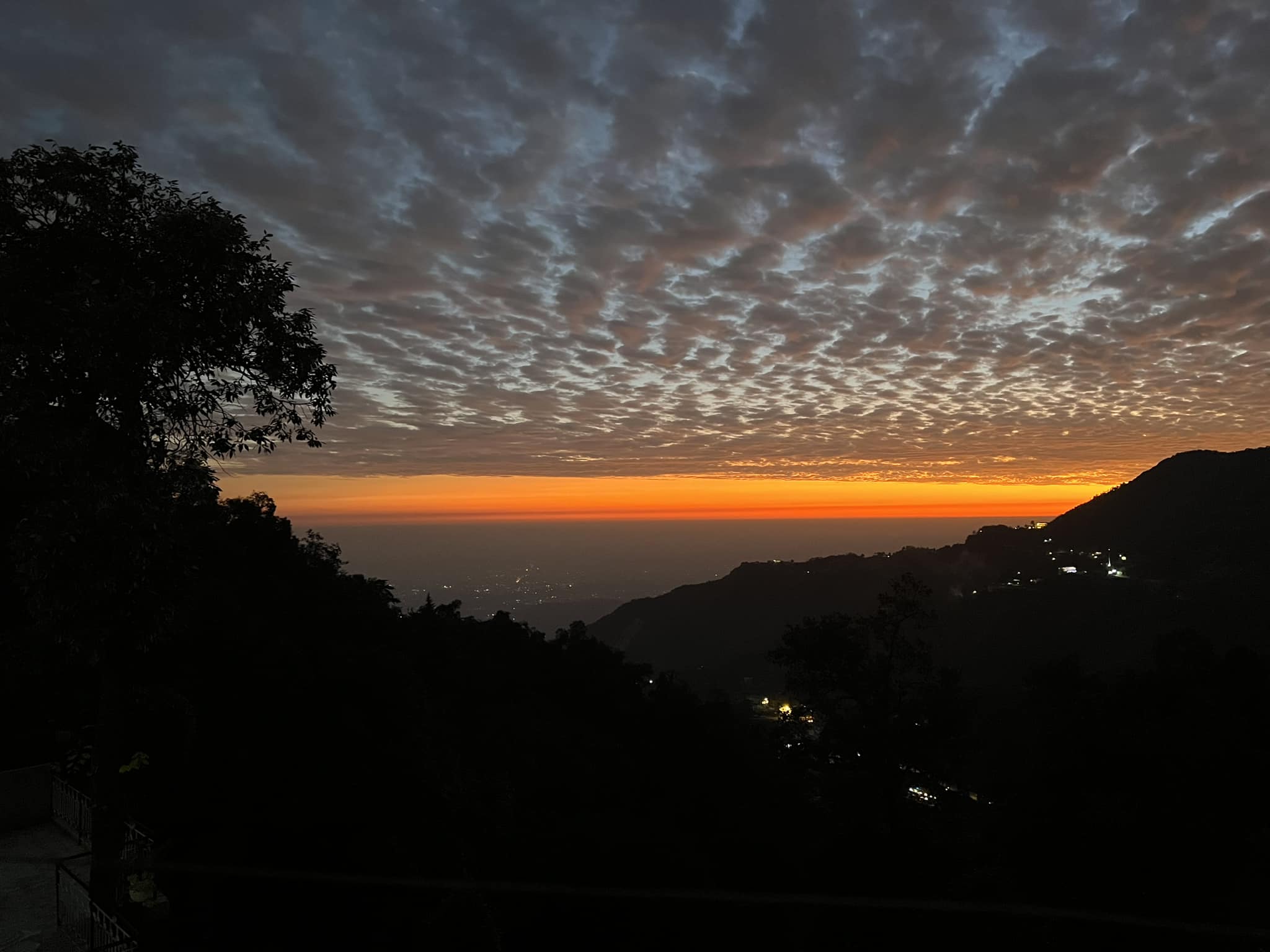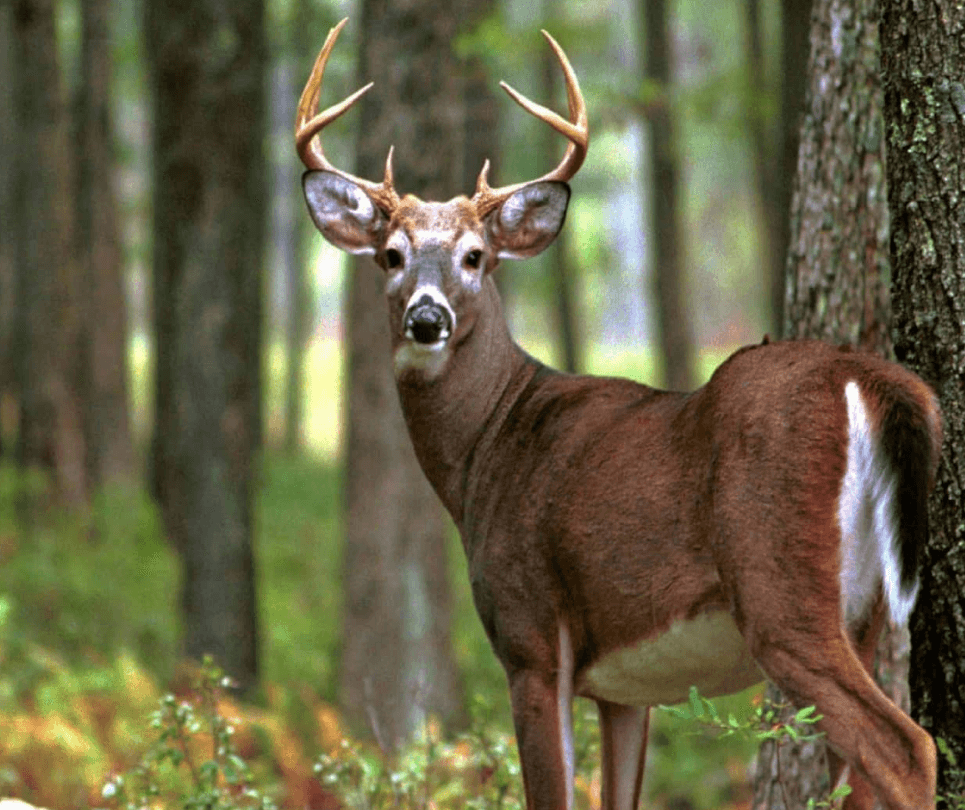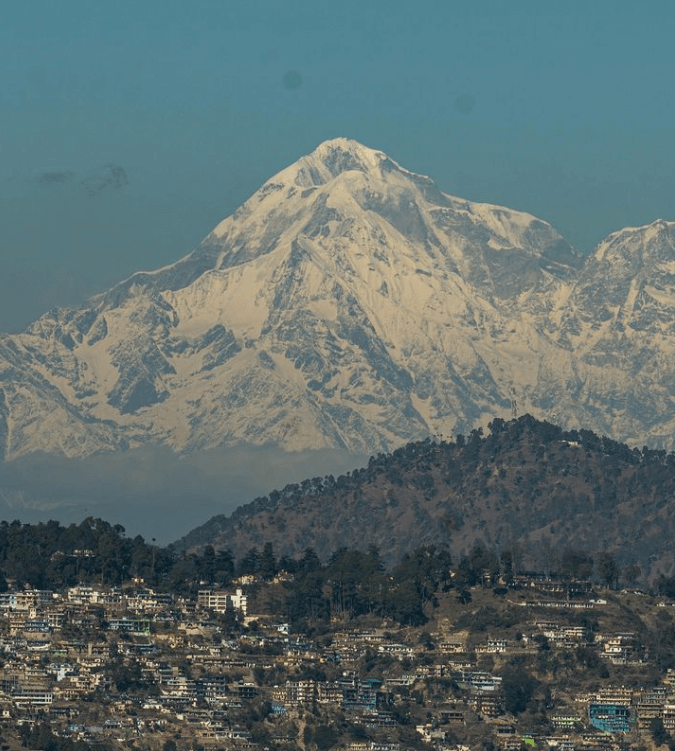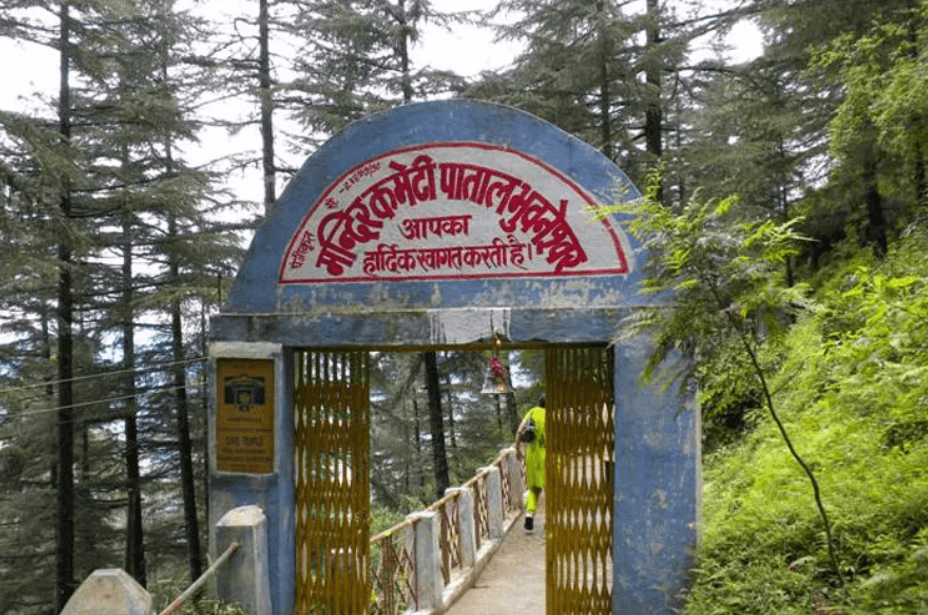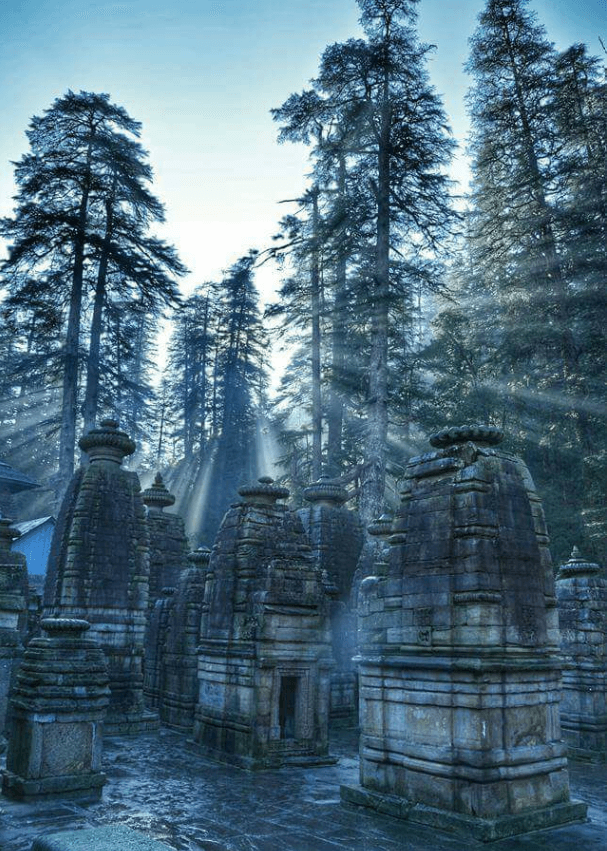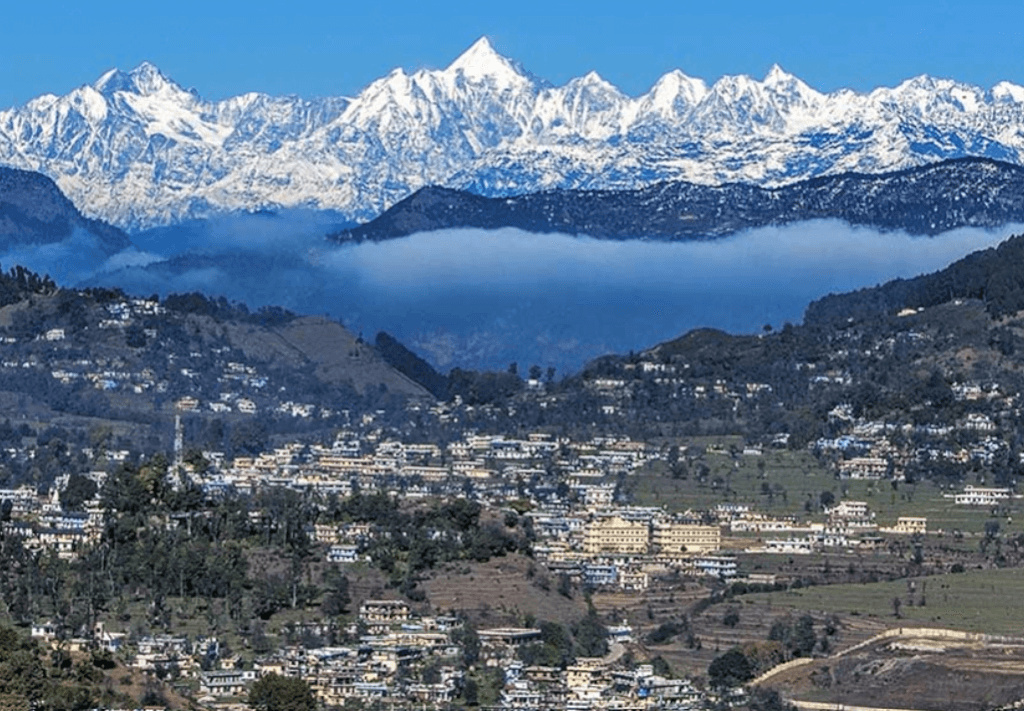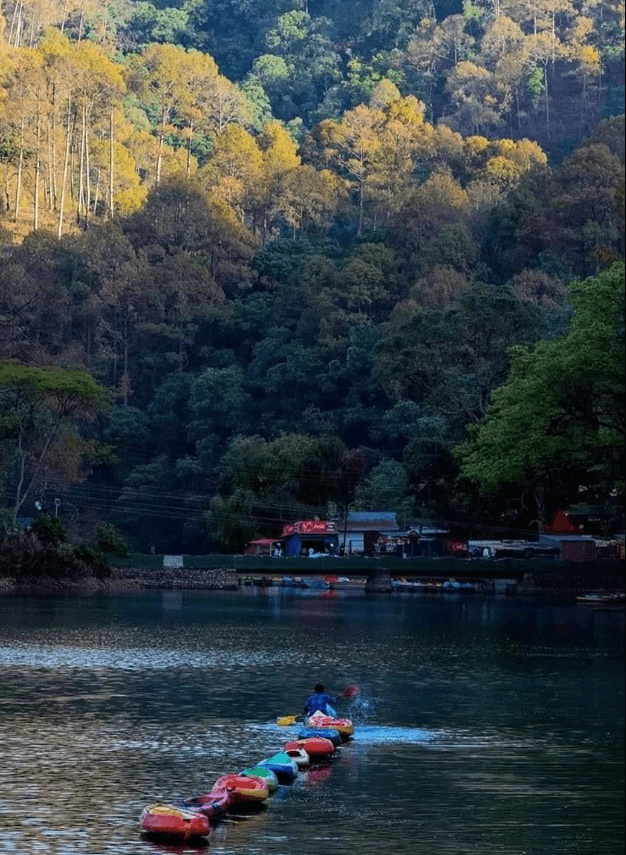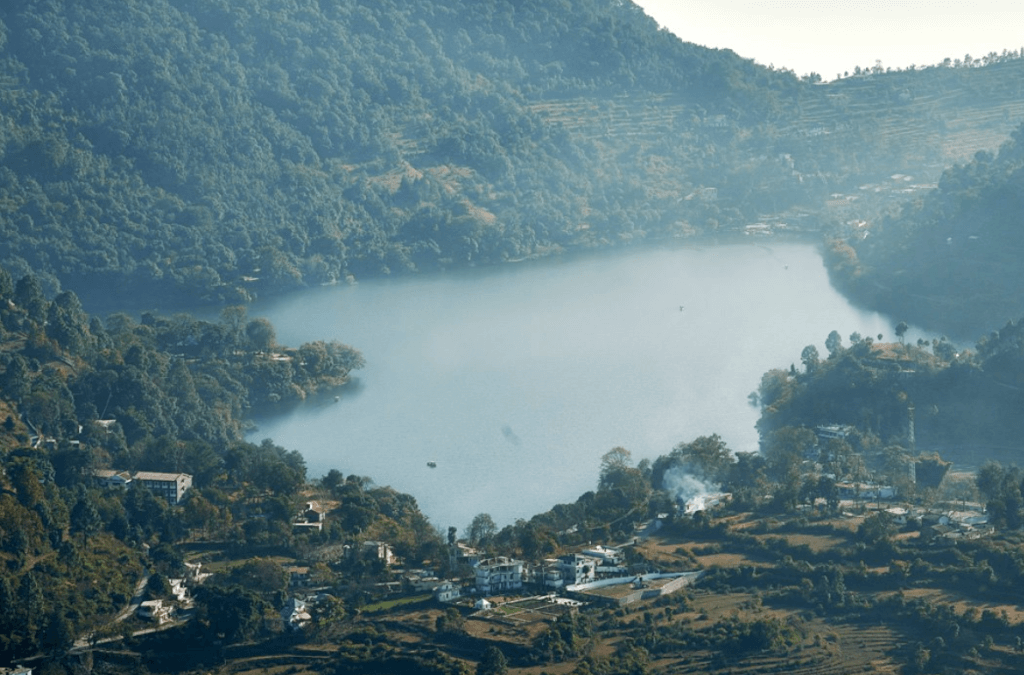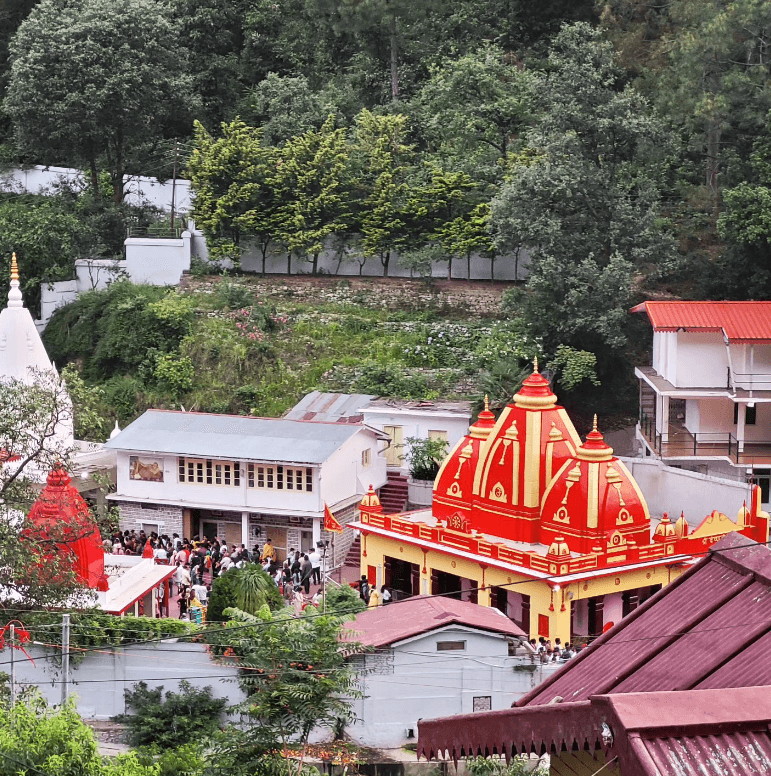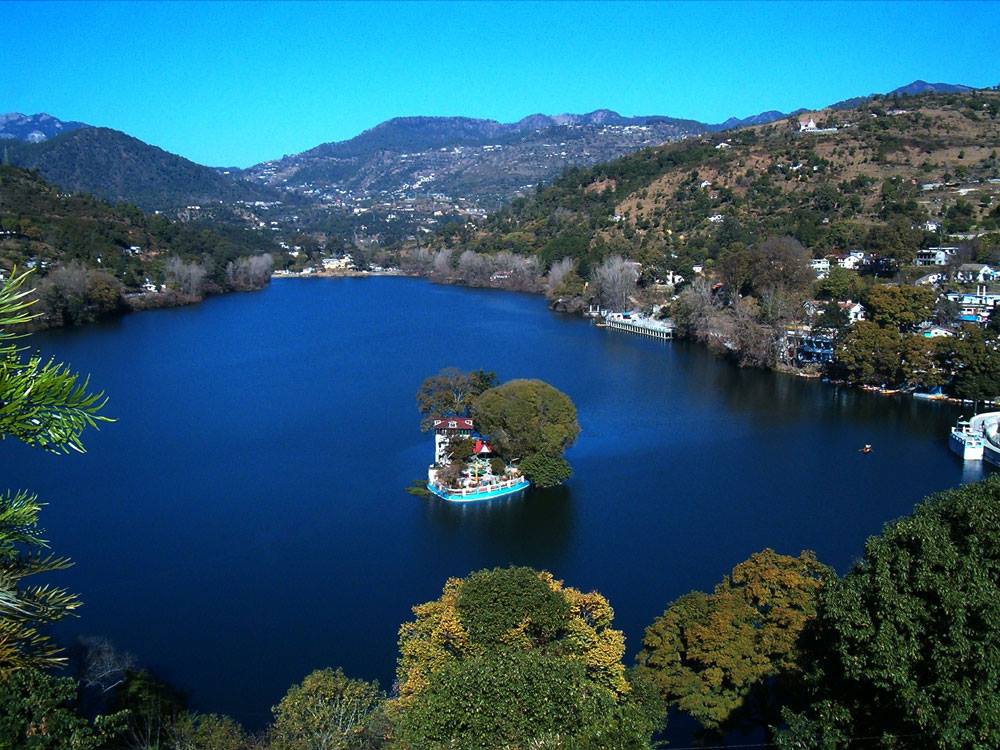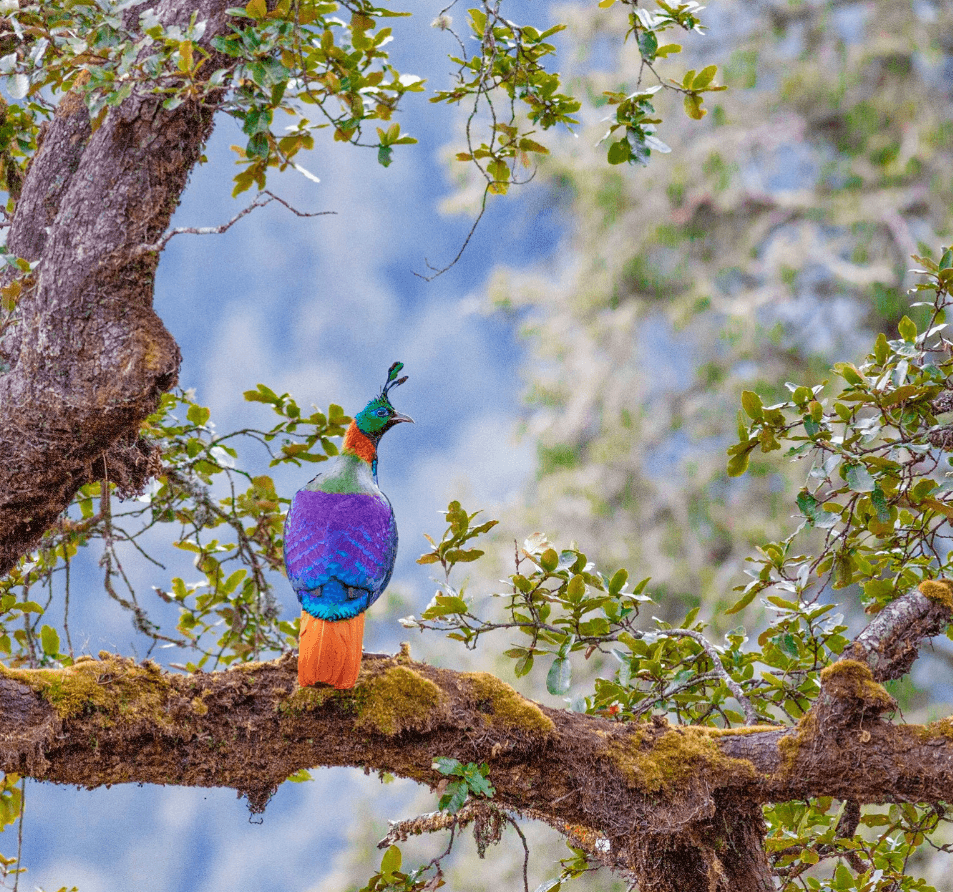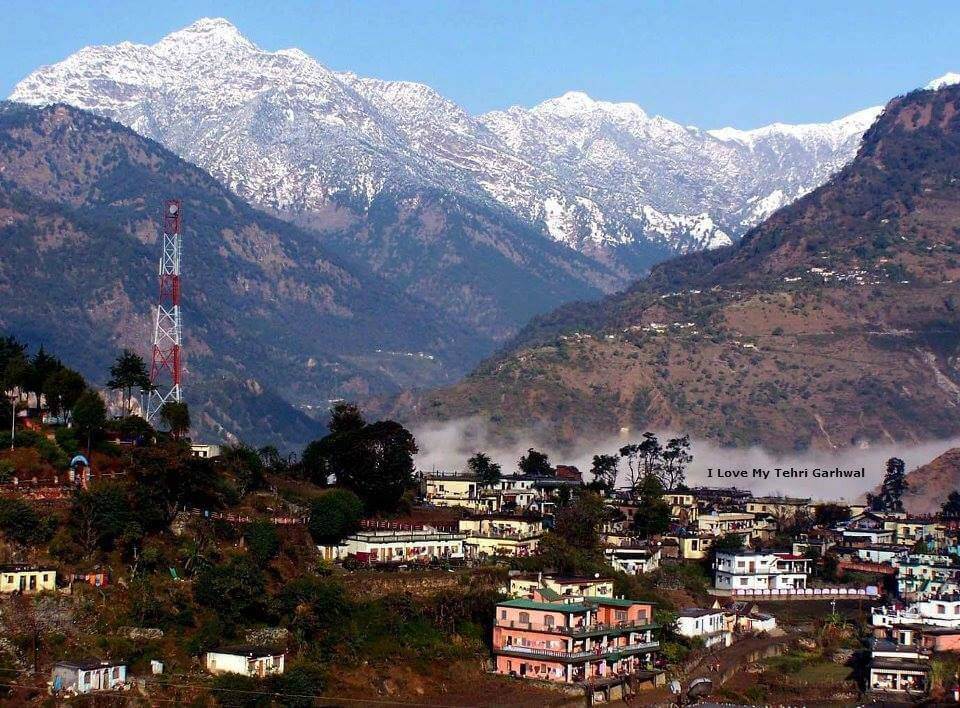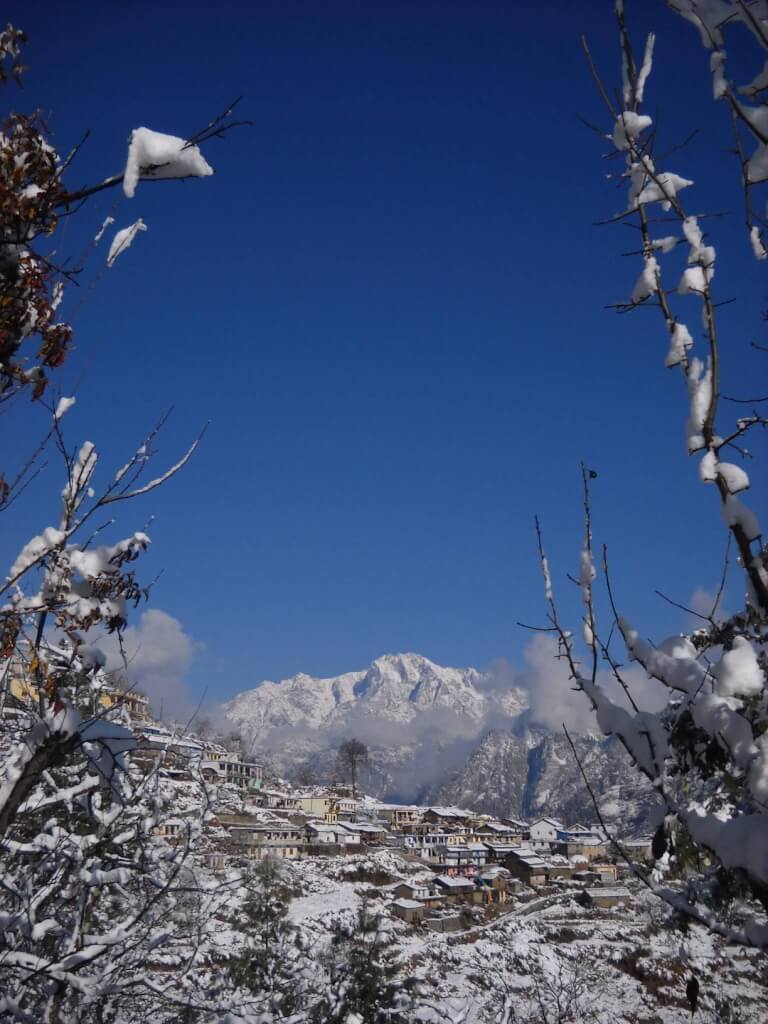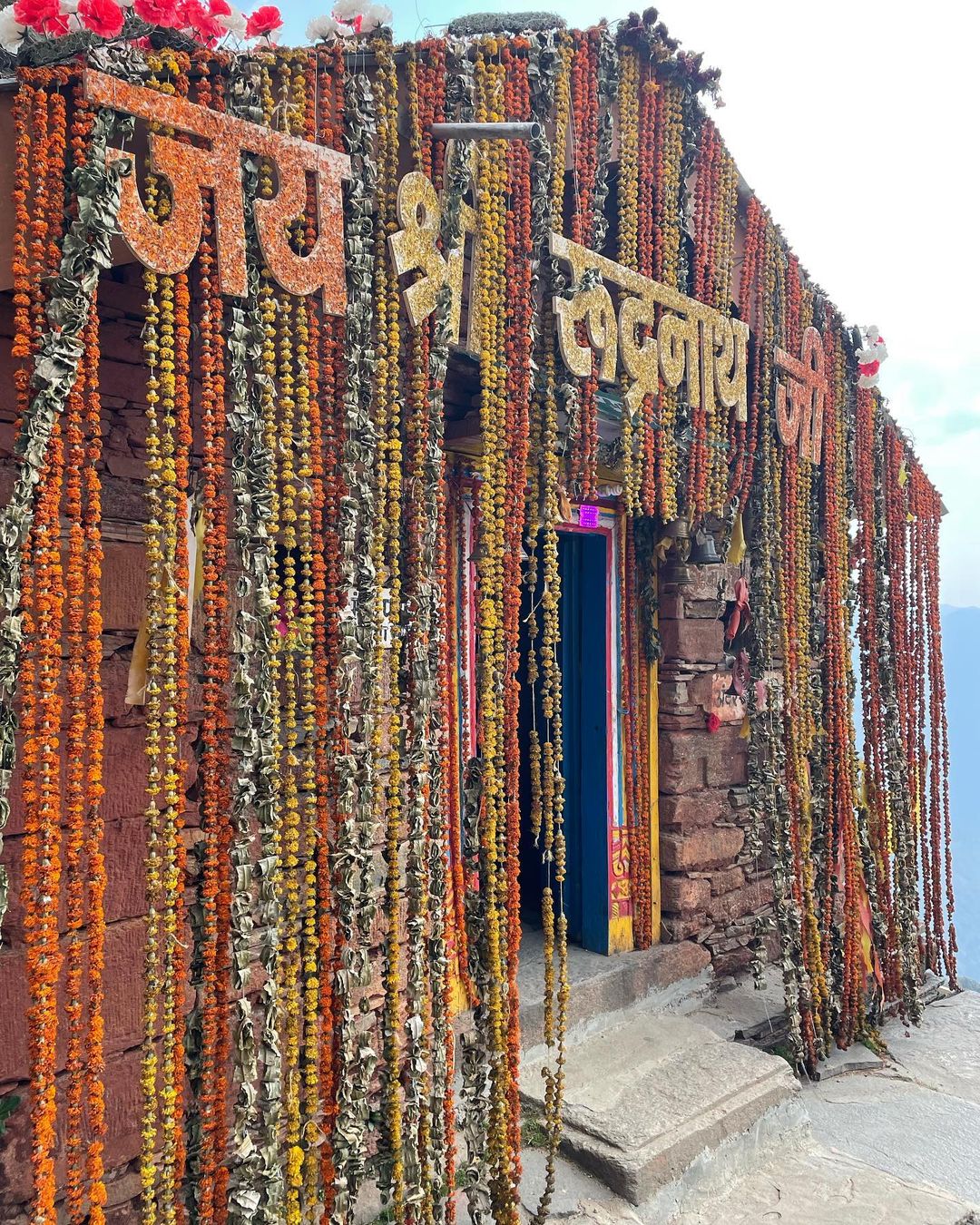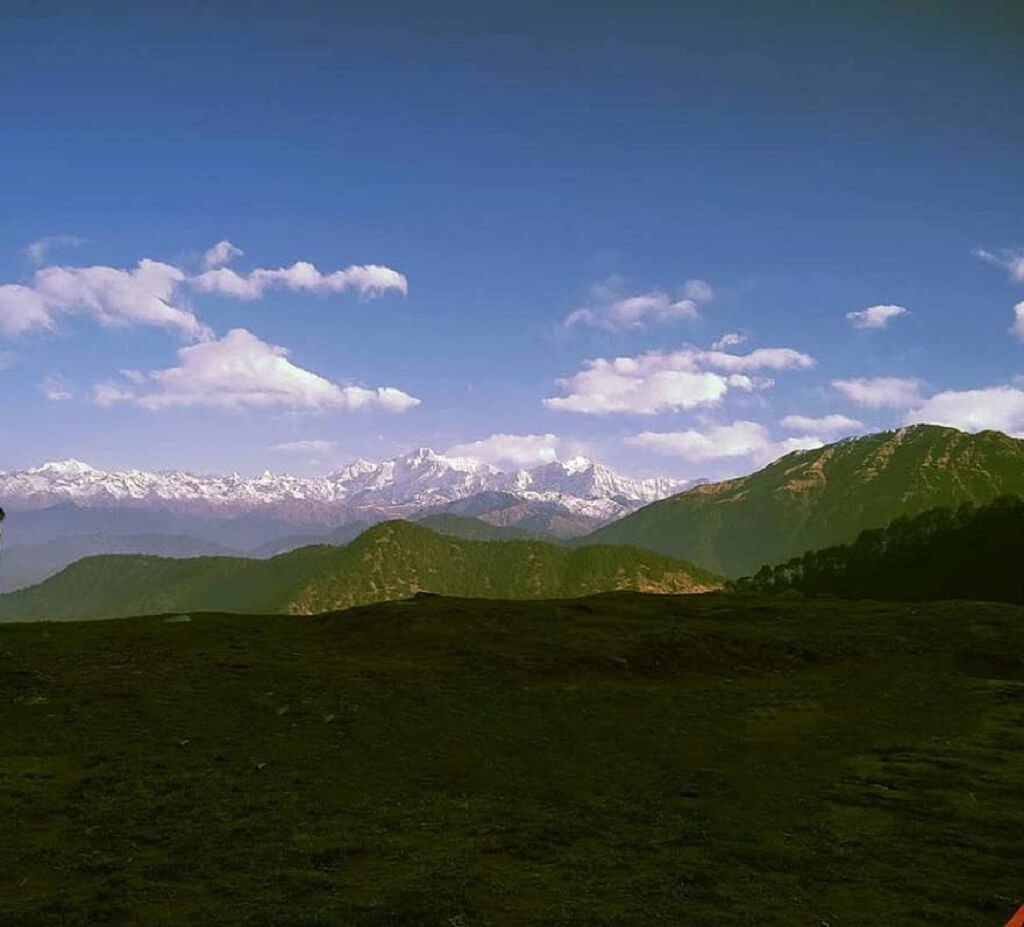Banbasa is a town located in the Champawat district of the Indian state of Uttarakhand. It is situated near the India-Nepal border, with the Sharda River flowing nearby, marking the boundary between India and Nepal. The town is known for its strategic location as a border town and serves as an important transit point between India and Nepal.
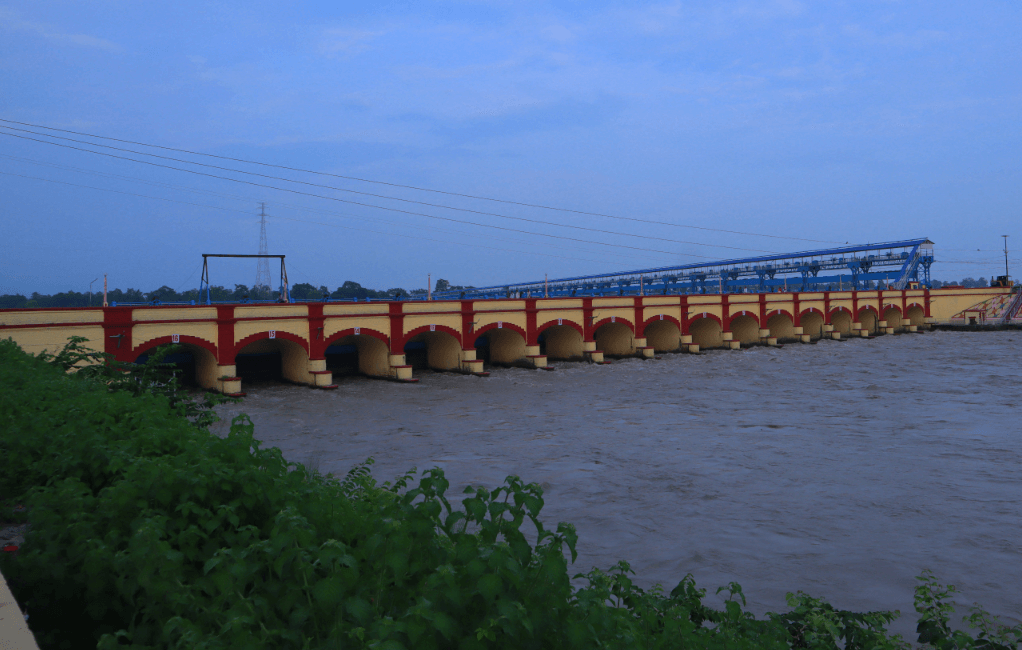
Banbasa Range in Khatima
The Banbasa Range in Khatima refers to a geographic feature in the Khatima region of Uttarakhand, India. Khatima is a town in the Udham Singh Nagar district of Uttarakhand, located near the border with Nepal. The Banbasa Range likely encompasses a series of hills or mountains that are part of the landscape in this area. It might also denote a protected forest or wildlife reserve.
The town is known for its strategic location as a border town and serves as an important transit point between India and Nepal.
Banbasa is also recognized for its natural beauty, with lush greenery and scenic surroundings.
Additionally, Banbasa serves as a commercial center for trade between India and Nepal, with several markets and trading activities taking place in the town.
Near Place to Visit
How To Reach Sankri
Sankri is a picturesque village located in the Uttarkashi district of the Indian state of Uttarakhand. It serves as a…
How To Reach Banbasa
By Road
Khatima is well-connected by roads to major cities and towns in Uttarakhand as well as neighboring states. You can either drive to Khatima or take a bus from nearby cities like Nainital, Haldwani, Rudrapur, or Tanakpur.
By Train
Khatima has its own railway station, which is well-connected to major cities like Delhi, Kolkata, Lucknow, and others. You can check the train schedules and book tickets accordingly.
By Air
The nearest airport to Khatima is Pantnagar Airport (PGH), located about 62 kilometers away. From Pantnagar, you can hire a taxi or take a bus to reach Khatima.

